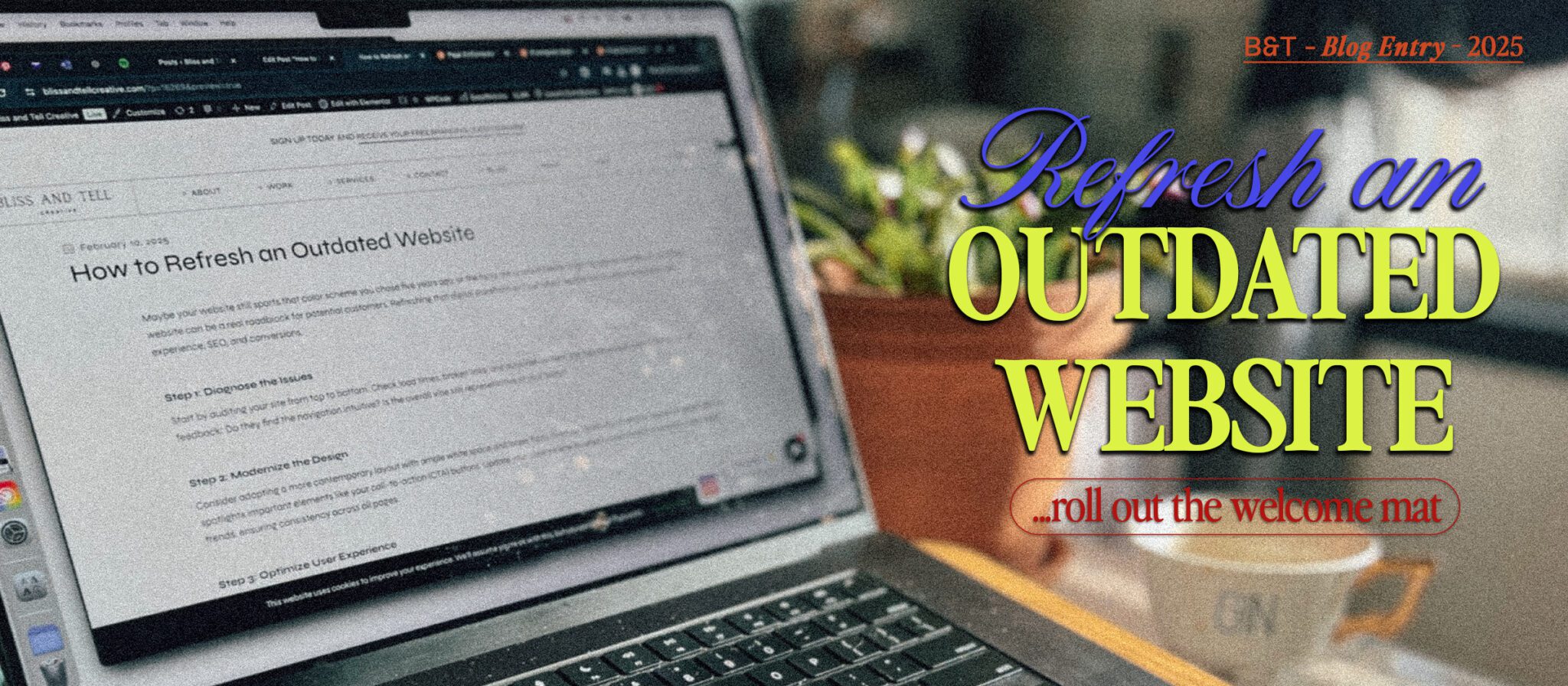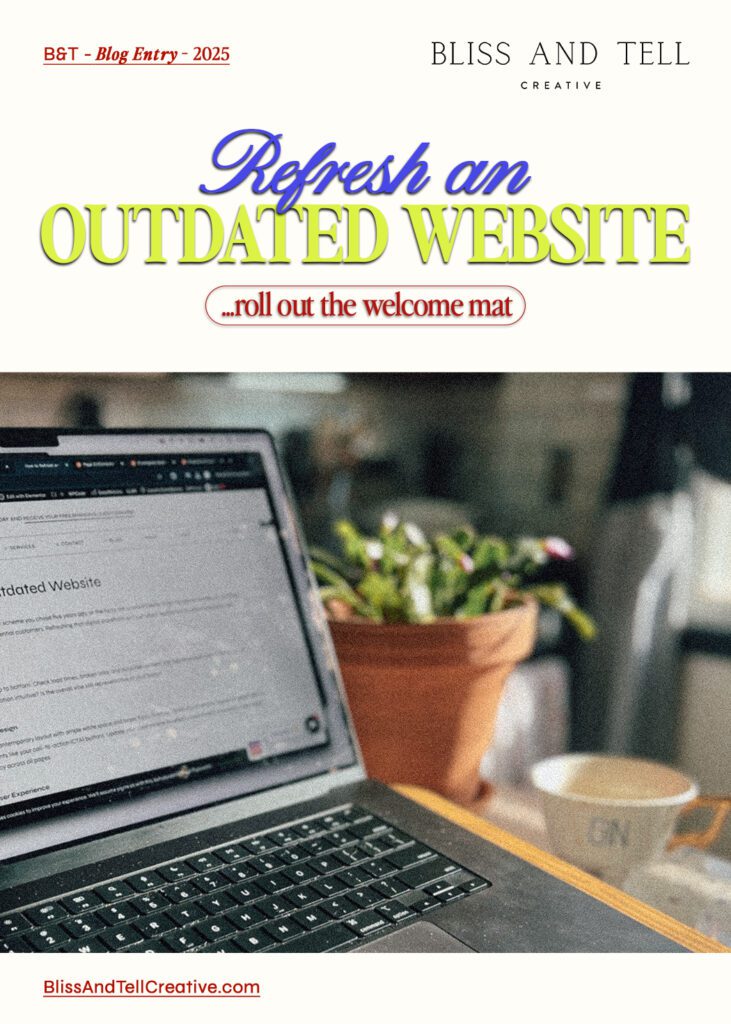
How to Refresh an Outdated Website
Maybe your website still sports that color scheme you chose five years ago, or the fonts are so small they’re tough to read on mobile. An outdated website can be a real roadblock for potential customers. Refreshing that digital storefront isn’t just about aesthetics; it’s about improving user experience, SEO, and conversions.
Step 1: Diagnose the Issues
Start by auditing your site from top to bottom. Check load times, broken links, and outdated content. Ask friends or loyal customers for honest feedback: Do they find the navigation intuitive? Is the overall vibe still representative of your brand?
Step 2: Modernize the Design
Consider adopting a more contemporary layout with ample white space and larger fonts. Don’t be afraid of a minimalist approach, especially if it spotlights important elements like your call-to-action (CTA) buttons. Update your color palette to reflect current brand standards or new design trends, ensuring consistency across all pages.
Step 3: Optimize User Experience
User experience (UX) is at the heart of any successful site refresh. Make sure your navigation is straightforward and your site is mobile-responsive. Slow load times? Compress images, leverage caching, and minimize scripts to speed things up. The easier and faster it is for people to find what they need, the longer they’ll stay—and the more likely they’ll convert.
Step 4: Refresh Content
While you’re sprucing up the layout, don’t forget your copy! Rewrite outdated product descriptions or service pages, incorporating current keywords that customers might be searching. Add new blog posts or case studies to demonstrate your ongoing expertise and credibility. This not only keeps your site looking alive and relevant but also helps with SEO.
Step 5: Enhance Visual Elements
High-quality images, short videos, or even interactive elements can breathe new life into a dull layout. If possible, incorporate user-generated content like testimonials or reviews, adding social proof to your site. Don’t forget to keep the overall design cohesive with your updated brand identity.
Step 6: Test, Test, Test
Before finalizing the refresh, test everything. View your site on multiple devices and browsers. Double-check that forms submit correctly. Examine how easy it is to follow your desired user flow—from landing on the homepage to making a purchase or booking a service.
Takeaway:
Refreshing an outdated website involves more than just a new color scheme; it’s about aligning design, content, and user experience with the current demands of your audience. Approach it methodically: identify pain points, modernize visuals, optimize performance, and keep content current. With each step, you’ll ensure your website doesn’t just look better but also performs better—inviting users to stay, engage, and become loyal customers.







